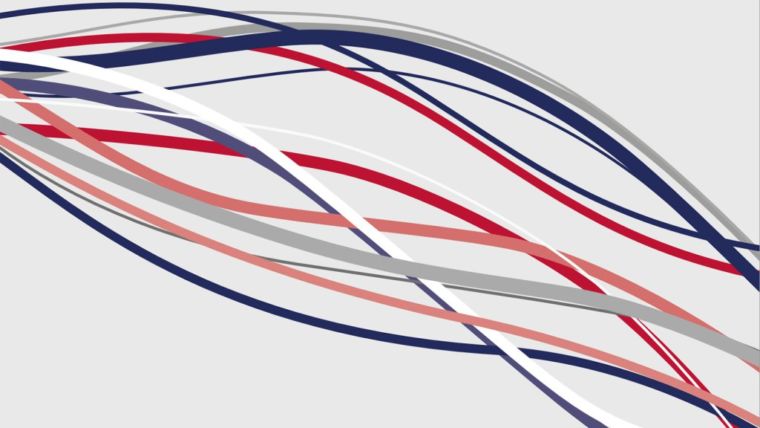On February 9th I sent you an article about a Supreme Court case that would have tangible consequences for the quality of the water that we drink, play in and use for all the other things for which we depend on clean water.
Well, the decision came down and from what I gather the Court revised the lower courts ruling in a way that will still provide us clean water advocates the ability to hold accountable those that contaminate groundwater. I’m not a lawyer (nor do I even play one on TV!) but the way I read this is that the court changed the definition of the lower court from:
“the 9th U.S. Circuit Court of Appeals’ broader finding that the Clean Water Act covers pollutants through groundwater that are “fairly traceable” to a point source”
to:
“functional equivalent”
as dumping polluted water directly into the public waterways.
In this fashion the Court upheld the principal of the Clean Water Act, one of our bedrock environmental laws from the Nixon Era, that it is illegal to disperse contaminated water into the public domain. We always knew that you can’t just directly dump pollution into a lake, river, stream or other body of “navigable” water and this decision affirms that this is essentially true of groundwater as well.
Thank goodness.
SUPREME COURT
Clean Water Act Test ‘Will be Litigated for Years to Come’
Pamela King, E&E Reporter
April 23, 2020
While environmentalists and some legal experts breathed a sigh of relief after the Supreme Court issued its ruling today in a closely watched Clean Water Act battle, attorneys for companies that must adhere to the statute’s requirements are bracing for a new era of regulatory uncertainty.
Today’s 6-3 opinion in County of Maui v. Hawai’i Wildlife Fund aimed to strike a balance in a dispute over whether the Clean Water Act applies to pollution that flows through groundwater before reaching federally protected waters (Greenwire, April 23).
But lawyers for the companies that must secure those permits now fear their clients will be subject to a patchwork of court rulings and the whims of an EPA that could change hands after the November elections.
“In worrying itself with possible loopholes, the court fashioned a multifactor test that will be litigated for years to come,” said Sean Herman, an associate at the law firm Hanson Bridgett LLP. “How can this test be applied uniformly? It can’t.”
Herman echoed concerns raised in dissenting opinions from members of the court’s conservative wing that the Maui ruling tosses the question back to the lower courts, which could all come up with different interpretations of the court’s new “functional equivalent” test.
The Supreme Court ruling does ease some concerns for companies that were put off by the 9th U.S. Circuit Court of Appeals’ broader finding that the Clean Water Act covers pollutants through groundwater that are “fairly traceable” to a point source, said Holland & Hart LLP partner Ashley Peck.
“While the court’s decision today outlines another imprecise standard for determining whether a particular discharge is subject to the CWA permitting,” she said, “I think it’s a significant improvement over the 9th Circuit’s ‘fairly traceable’ standard and will give businesses in the regulated industries that are subject to these standards some cause for relief.”
The 9th Circuit will be among the first courts to reach the question when it rehears Maui on remand.
On the opposite side of the country, judges for the 1st U.S. Circuit Court of Appeals, which covers the Northeast, will apply the Supreme Court’s precedent in a lawsuit over water pollution from the Wychmere Beach Club on Cape Cod, Mass. A lower court said EPA reasonably concluded it couldn’t oversee pollution that runs through groundwater.
“With the nation’s landmark clean water protections in peril, the Supreme Court made the right call today,” said Heather Govern, director of the clean air and water program for the Conservation Law Foundation, which is challenging the resort.
Questions about groundwater, WOTUS
The Supreme Court also tossed the question back to EPA, which last year said it would not regulate any pollution that moves through groundwater.
An EPA spokesperson said the agency would provide further guidance in response to the court’s opinion, noting that today’s decision would create uncertainty for private property owners and other parties.
But the agency has many other priorities to address before President Trump closes out his first term later this year, said Larry Liebesman, a former Justice Department attorney who now works at the consulting firm Dawson & Associates.
“We’re heading into an election year,” he said. “Who knows how long that’s going to take?”
In a separate move this week, the Trump administration finalized its new definitions limiting which waterways and wetlands are considered “navigable waters” subject to Clean Water Act protections (Greenwire, April 21).
If presumptive Democratic nominee Joe Biden defeats President Trump in November, the agency could turn tail on both those issues.



